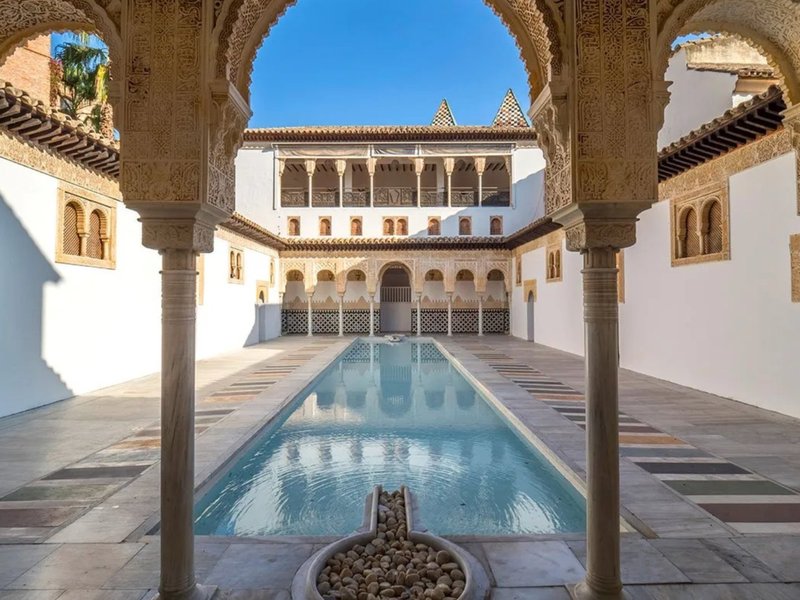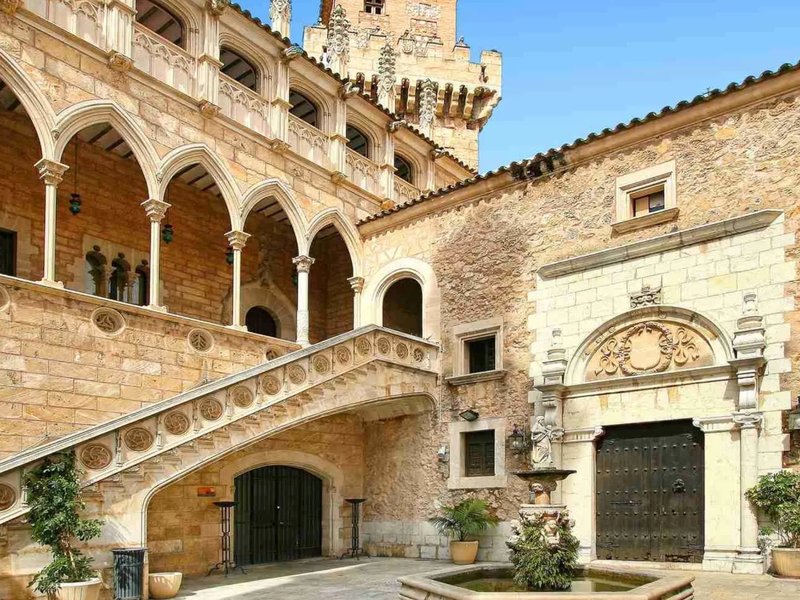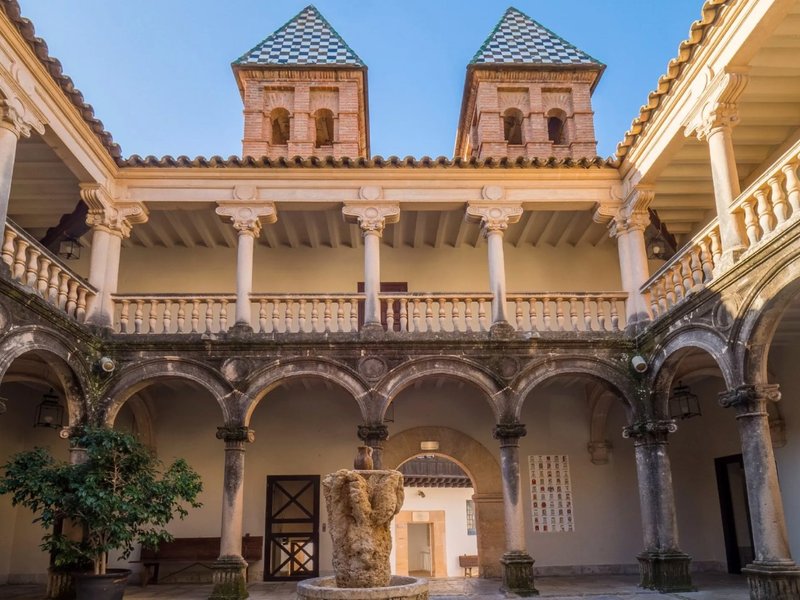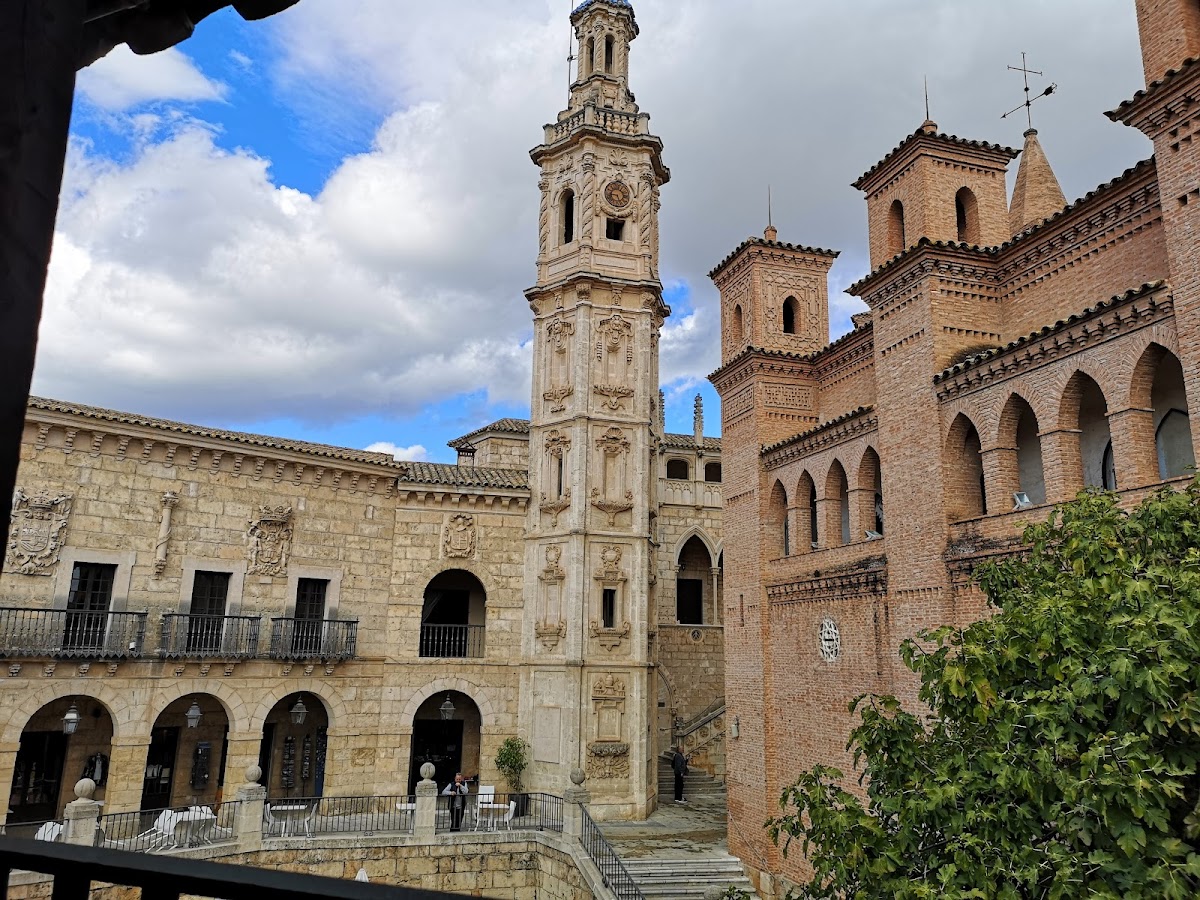Discovering Pueblo Español de Mallorca: A Cultural Journey

Pueblo Español
Nestled in the bustling city of Palma, Pueblo Español de Mallorca presents a unique opportunity to explore the architectural and cultural diversity of Spain without leaving the island. This open-air museum, less known than its counterpart in Barcelona, offers a tranquil escape into the essence of Spanish villages and landmarks. In this guide, we'll delve into the history, architectural marvels, and the immersive experience that awaits visitors in this hidden gem of Mallorca.
The History and Creation of Pueblo Español de Mallorca
Pueblo Español de Mallorca, also known as the Spanish Village of Mallorca, was conceived as an architectural museum and built in the 1960s. Unlike its older sibling in Barcelona, which was designed for the 1929 Barcelona International Exposition, the Mallorcan version was envisioned to showcase the architectural styles from different regions of Spain, all within a tranquil setting. The project was spearheaded by Fernando Chueca Goitia, a renowned Spanish architect who meticulously selected the buildings and styles to be represented, ensuring a comprehensive representation of Spain’s diverse architectural heritage.

A compilation of various Spanish architectural styles
What to See: A Tour Inside and Out
Outside Architecture
As you approach Pueblo Español, you're greeted by an impressive façade that sets the tone for the architectural journey ahead. The exterior is a compilation of various Spanish architectural styles, from the rustic charm of Andalusian villages to the intricate Mudéjar artistry typical of the Aragon region. The entrance itself is a replica of the famous Torres de Serranos in Valencia, inviting visitors into a world of historical discovery.
Inside the Village
Once inside, you'll find yourself wandering through a labyrinth of streets, squares, and buildings that represent different Spanish regions. Highlights include:
- The Andalusian Quarter: Here, you can admire the intricate details of southern Spanish architecture, including a replica of the patio from the Casa de Pilatos in Seville.
- The Castilian Area: This section features robust and solemn structures reminiscent of Castile, with a particular highlight being a replica of the façade of the University of Salamanca.
- The Aragonese Corner: Experience the Mudéjar style, a unique blend of Christian and Moorish designs, showcased in the intricately detailed miniature of the La Seo Cathedral in Zaragoza.
Throughout the village, you'll also find art exhibitions, craft shops, and studios where local artisans demonstrate traditional Spanish crafts, offering a glimpse into the cultural practices that accompany the architectural styles.
Visitor Information
Operating Hours
Pueblo Español de Mallorca is open year-round, with varying hours depending on the season. Typically, the village welcomes visitors from 10:00 AM to 6:00 PM during the winter months, extending hours until 8:00 PM in the summer. It's advisable to check the official website or contact the venue directly for the most accurate and up-to-date information.
Tickets and Admission
Tickets can be purchased at the entrance or online for convenience. General admission prices are quite reasonable, with discounts available for seniors, students, and children. Family passes and group rates are also offered, making it an accessible outing for all types of travelers.
Other Useful Information
- Website: https://pueblo-espanol.com/
- Accessibility: The village is largely accessible, with pathways designed to accommodate visitors with mobility challenges.
- Dining Options: Inside Pueblo Español, you'll find several dining options, from casual cafes to more formal restaurants, each offering a taste of local and regional cuisines.
- Events: The venue hosts various cultural events throughout the year, including music performances, festivals, and seasonal celebrations, adding an extra layer of excitement to visits.
Conclusion
Pueblo Español de Mallorca is more than just an architectural museum; it's a cultural immersion into the heart and soul of Spain's diverse regions. Whether you're an architecture enthusiast, a history buff, or simply looking for a unique experience in Mallorca, this enchanting village promises a memorable journey through the rich tapestry of Spanish culture. Remember to check the operating hours before your visit, and enjoy the journey through Spain's architectural marvels, all nestled in the beautiful island of Mallorca.

Pueblo Español
Mentioned in This Guide
Explore all the locations mentioned in this guide on the map below.
Poble Espanyol de Mallorca
Carrer del Poble Espanyol, 55, Ponent, 07014 Palma, Illes Balears, Spain

